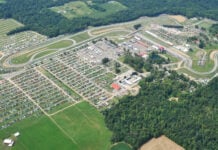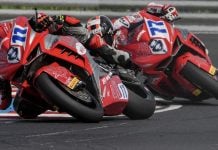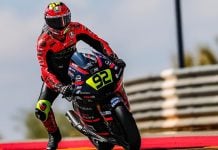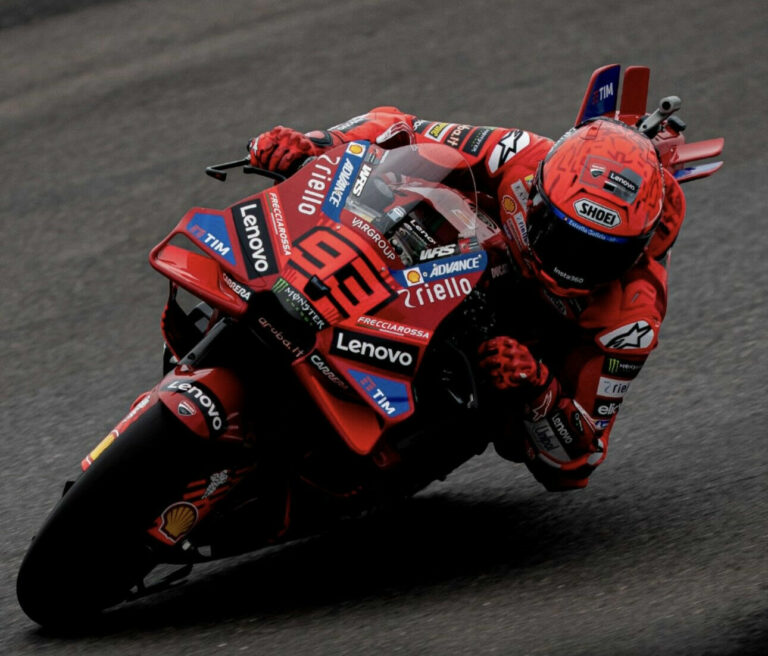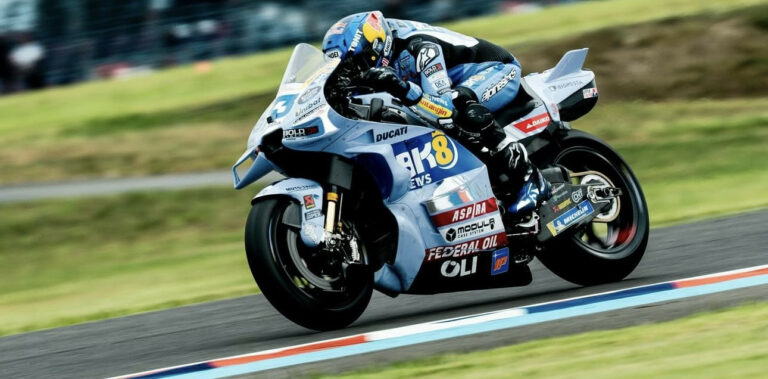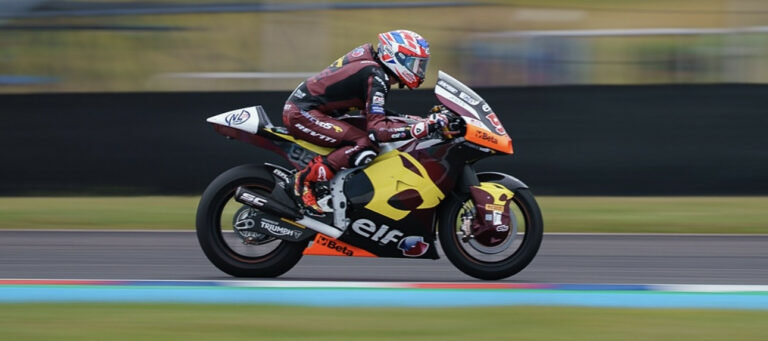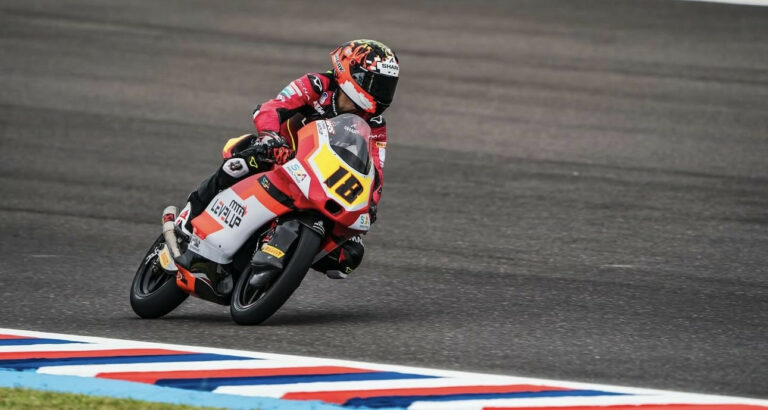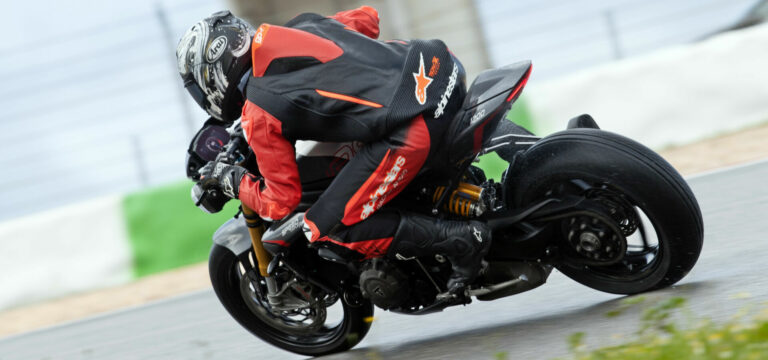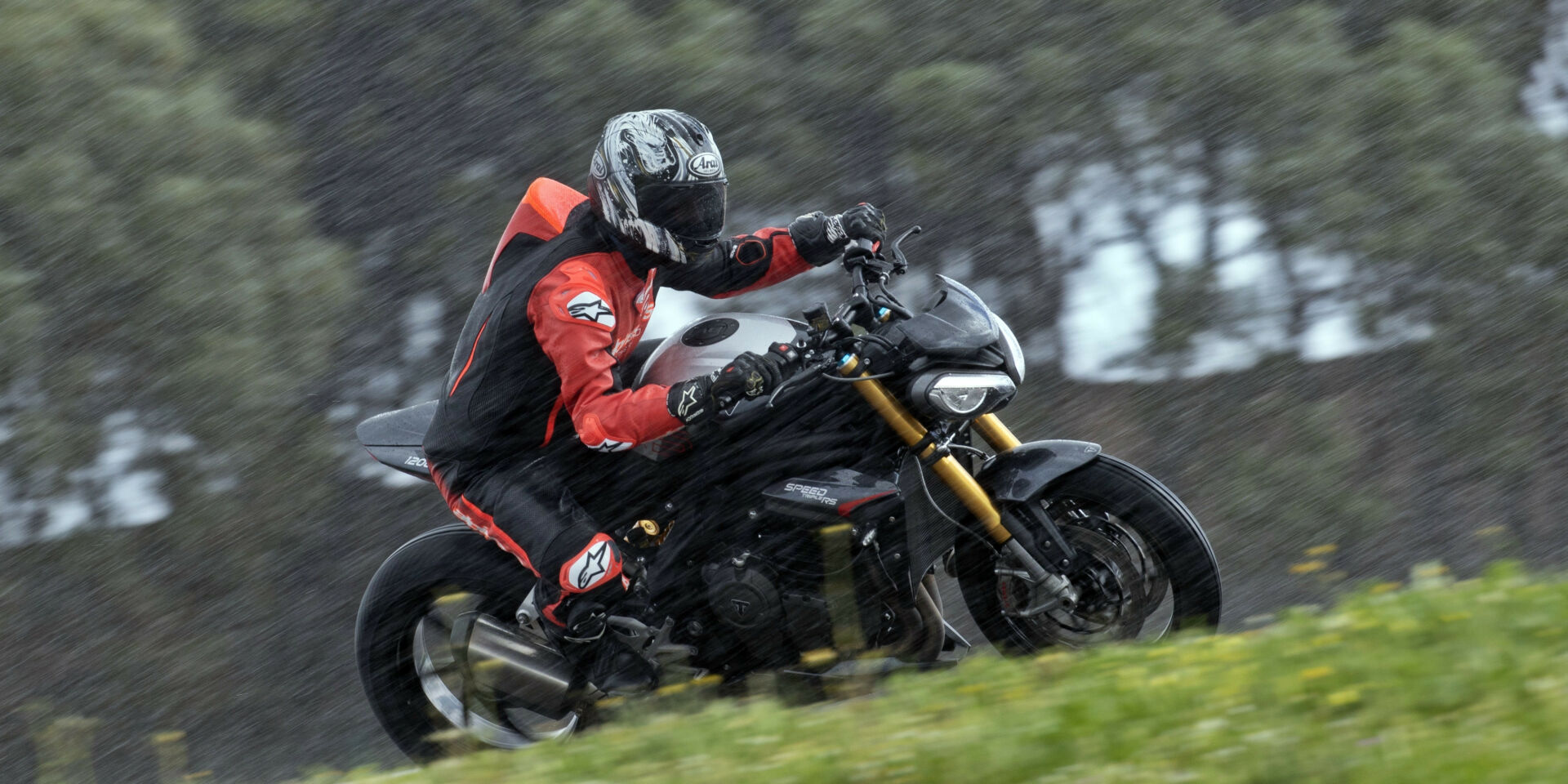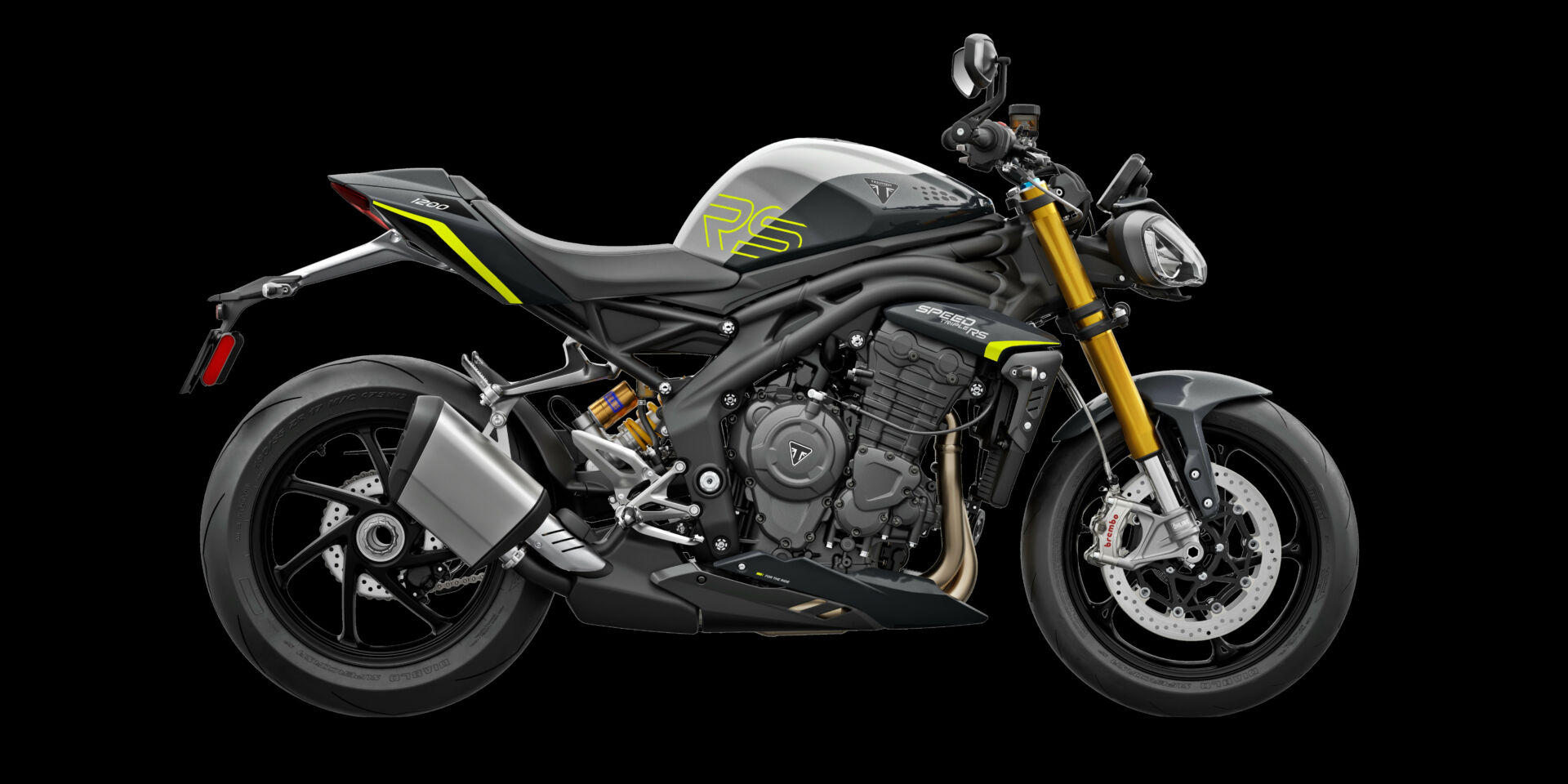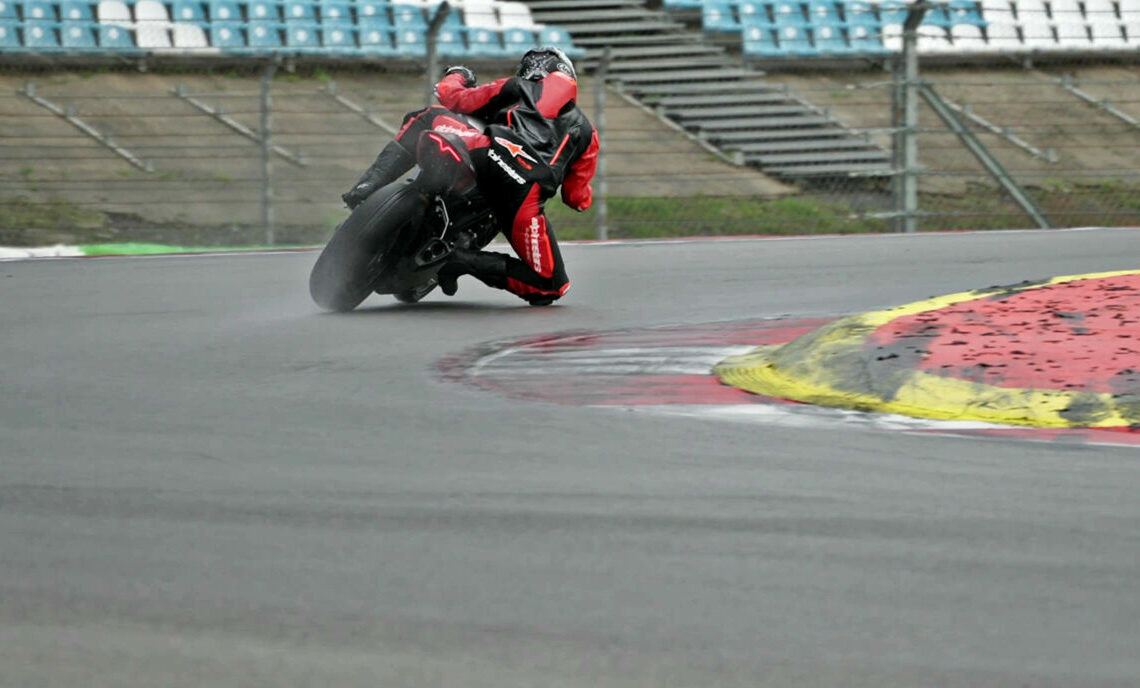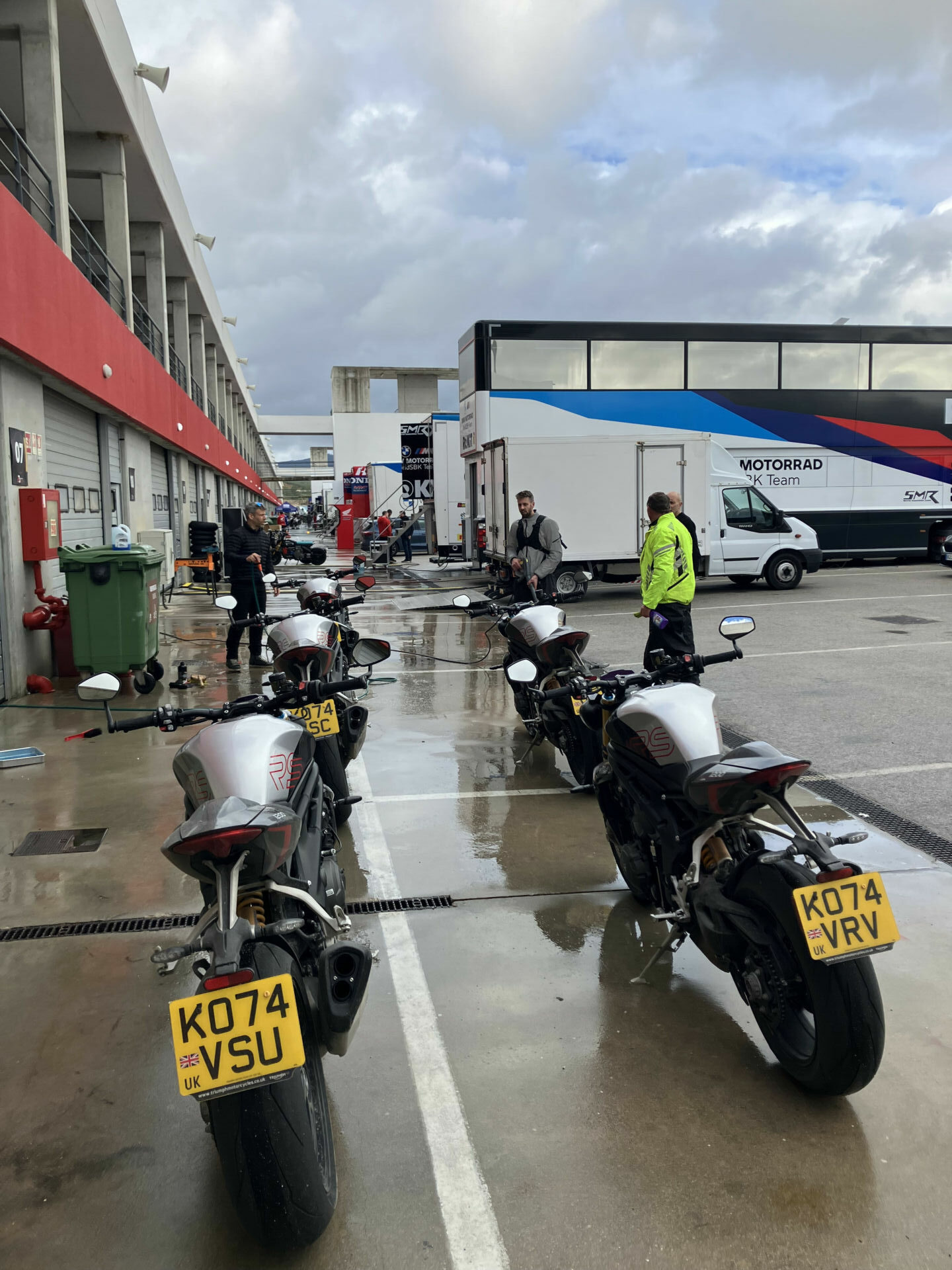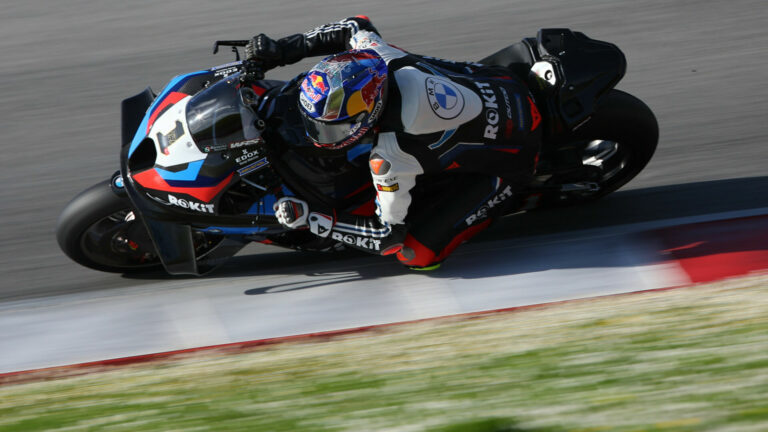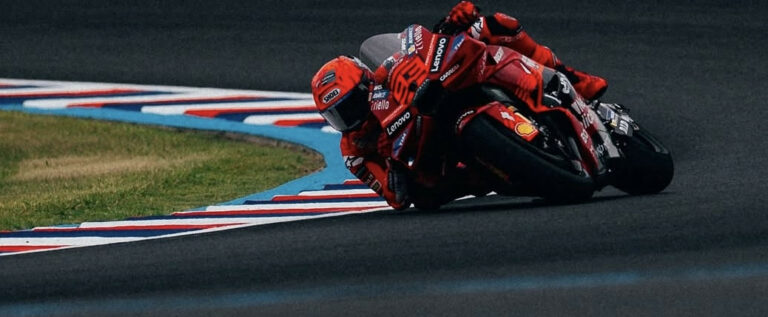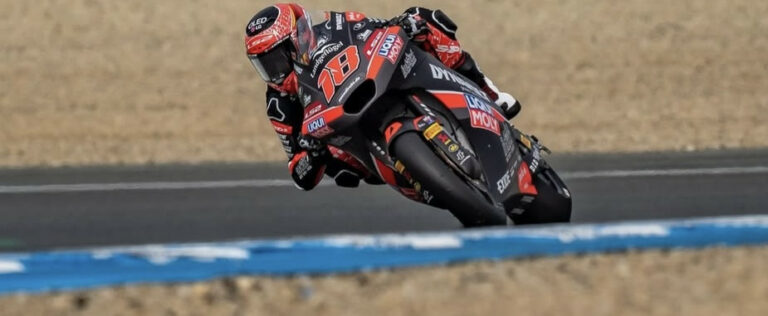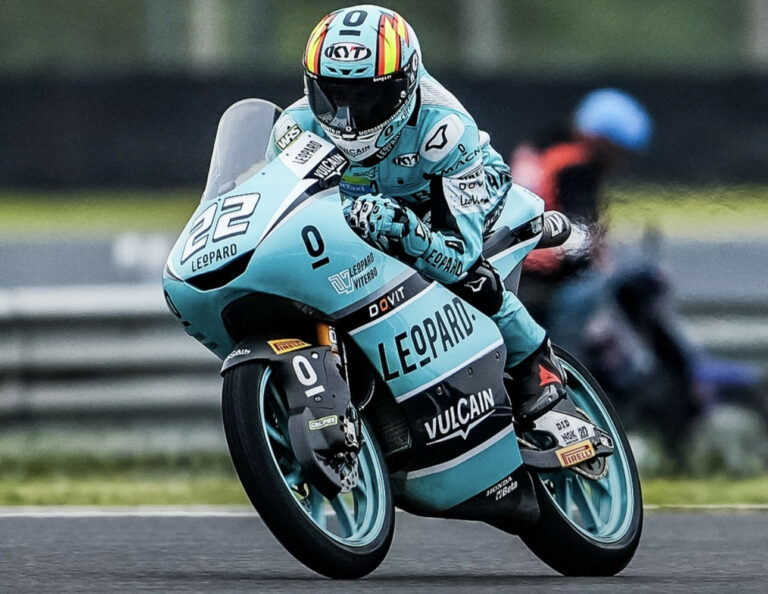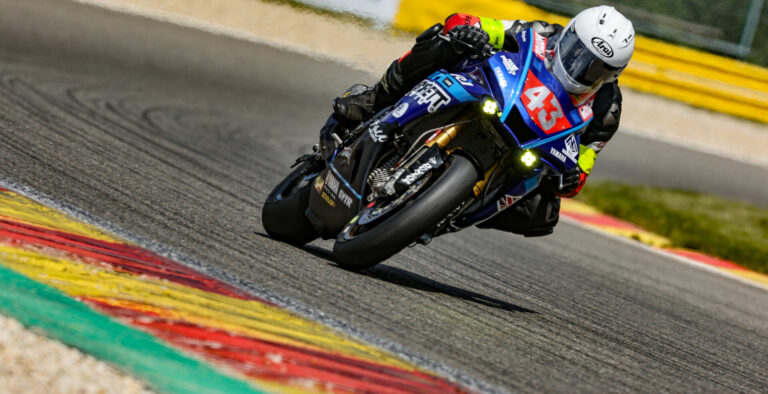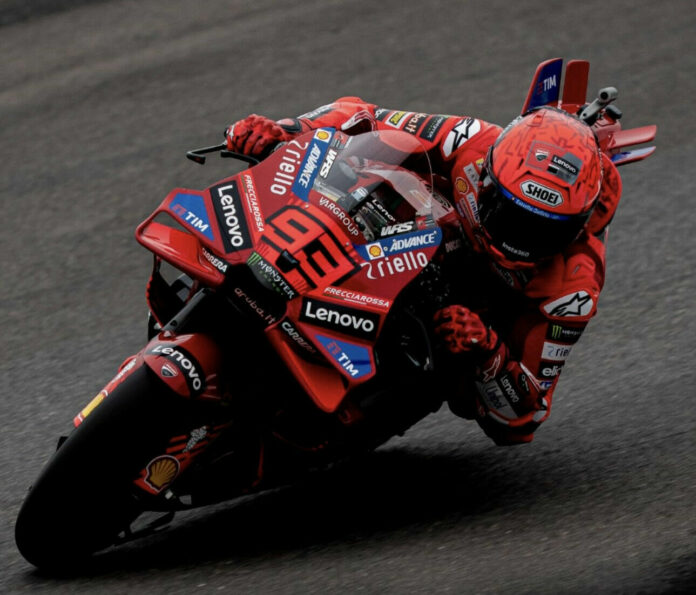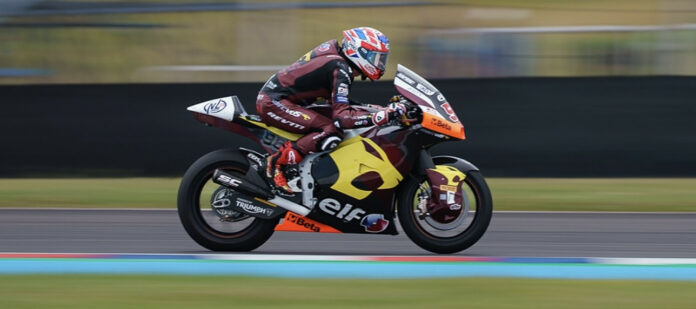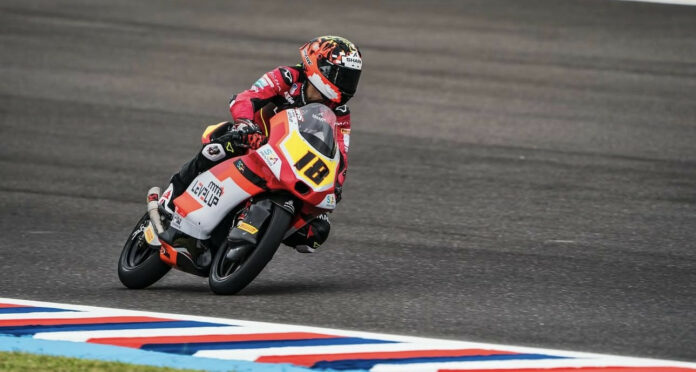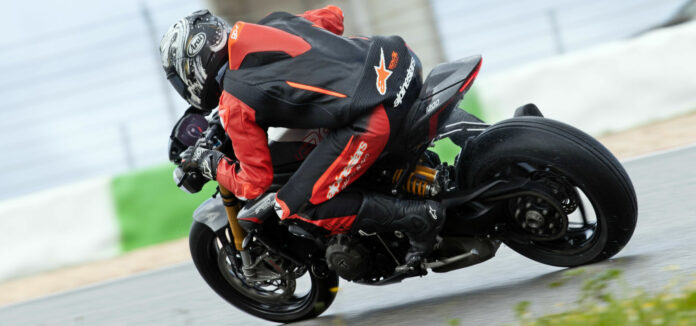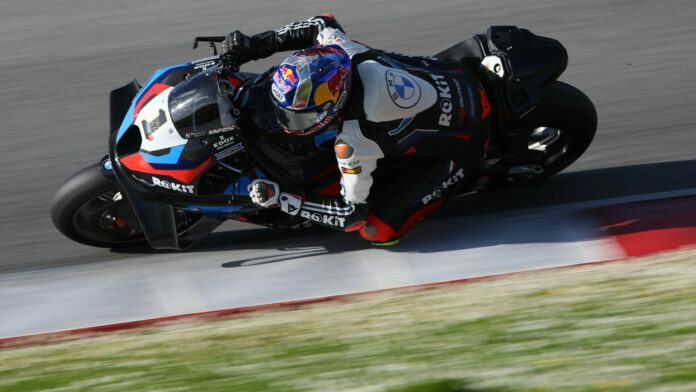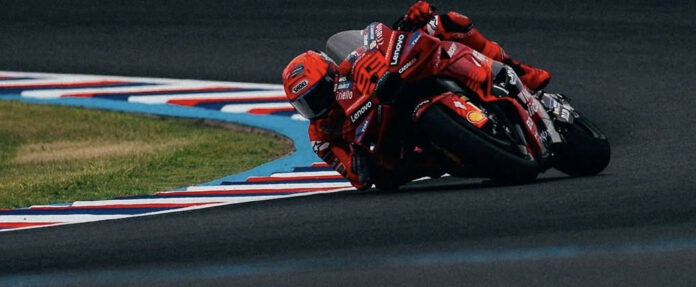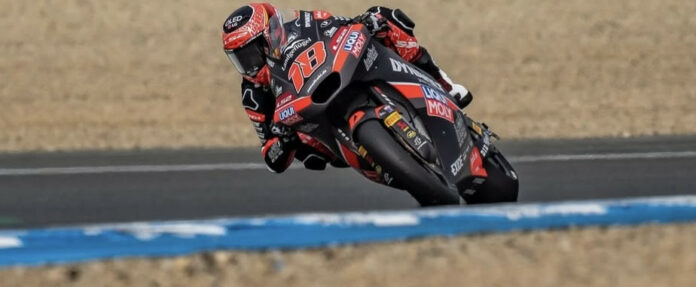Marc Marquez earned pole position to close out MotoGP World Championship qualifying on Saturday at Termas de Río Hondo, in Argentina. Riding his Lenovo Team Ducati Desmosedici GP25, the six-time MotoGP World Champion broke the All-Time Lap Record of 1:37.295 he set Friday afternoon with a time of 1:36.917 around the 2.99-mile (4.81 km) circuit during Qualifying Two (Q2) on Saturday.
Again, his brother Alex was second-quickest with a 1:37.163 lap on his BK8 Gresini Racing MotoGP Desmosedici GP24, and Johann Zarco claimed the third and final spot on the front row with a 1:37.205 on his Castrol LCR Honda RC213V.
Row-two qualifiers included two-time MotoGP World Champion and Marc Marquez’s teammate Francesco Bagnaia (1:37.268), 2024 Rookie of the Year Pedro Acosta on his Red Bull KTM Factory Racing RC16 (1:37.274), and Pertamina Enduro VR46 Racing Ducati’s Fabio Di Giannantonio (1:37.286).
Session for ARG MotoGP Q2More, from a press release issued by Dorna:
Marquez storms to sensational Termas pole with first-ever 1’36 lap. #93 vs #73 continues in Argentina as Zarco puts Honda on the front row for the first time since 2023.
Marc Marquez (Ducati Lenovo Team) has now taken back-to-back poles for the first time since 2019, with another stunner coming in from the #93 at the Gran Premio YPF Energia de Argentina. His 1:36.917 is the first ever 1:36 of the venue, a new lap record, and puts him quarter of a second clear at the top.
Alex Marquez (BK8 Gresini Racing MotoGP), who was close on Friday too, is next on the chase in second, with Johann Zarco (CASTROL Honda LCR) making some magic in third for Honda’s first front row since 2023 – just 0.042 off the #73 ahead.
STORY OF QUALIFYING: Q1’s scrap to get to Q2
A hot lap early on bagged Franco Morbidelli (Pertamina Enduro VR46 Racing Team) a slot at the top with Jack Miller (Prima Pramac Yamaha MotoGP) in hot pursuit in P2 provisionally, but the final four minutes were going to be dramatic as everyone hit the track for their shot at going into Q2. It was all over at Turn 2 for Somkiat Chantra (Idemitsu Honda LCR) who fell and would therefore not improve, whilst Ai Ogura (Trackhouse MotoGP Team) replicated his fellow rookie a lap later, likewise missing out on a Q2 passage. On the first lap of his second run, Joan Mir (Honda HRC Castrol) came to the fore and went P2, demoting rival Miller to P3 and joining Morbidelli in the pole shootout.
Q2 CORKER: Marc on fire to annihilate lap record
The business end of qualifying: Q2 ignites and straight away, the lap record was obliterated by none other than Marc Marquez, who was fractionally outside the first-ever 1’36s motorcycle lap of the Termas de Rio Hondo circuit. A huge performance by Johann Zarco (LCR Honda CASTROL) put him provisionally on the front row, what would be a first for Honda since 2023 at Mugello.
With the final five minutes beckoning, it was full throttle to try and better their lap time. Alex Marquez (BK8 Gresini Racing MotoGP) was following his brother, whilst Francesco Bagnaia (Ducati Lenovo Team) salvaged P4. However, it was his teammate Marquez who was lighting up the time screens; on his penultimate flying lap, he set the first and only-ever 1’36 lap of the Termas de Rio Hondo track. A 1’36.917 sees him go from pole, his first back-to-back poles since 2019’s Austrian and British Grands Prix. Brother Alex secured P2 and Zarco clung on to a first Honda front row and his first since 2023’s season-closing Grand Prix in Valencia.
FIREWORKS BEHIND: dark horses in top places
It was fourth place for Pecco who seeks to make a traditional fast start off the line but he’ll have ‘El Tiburon’ Pedro Acosta (Red Bull KTM Factory Racing) for company too, with the #37 putting himself right in amongst the sharp end of the grid. Completing the second row, Fabio Di Giannantonio (Pertamina Enduro VR46 Racing Team), was less than a tenth of a second off the front row.
Fabio Quartararo (Monster Energy Yamaha MotoGP) secured his best qualifying of the season so far in P7, ahead of Q1 ascendant Morbidelli. Marco Bezzecchi (Aprilia Racing) goes from P9, one place ahead of Mir, with the 2020 World Champion making it two Hondas in the top ten. Brad Binder (Red Bull KTM Factory Racing) and Alex Rins (Monster Energy Yamaha MotoGP) round out the Q2 field, with Rins taking his best grid slot since Sepang last year.
MotoGP qualifying results, setting the grid for the Tissot Sprint and Sunday Grand Prix.


